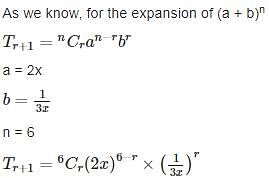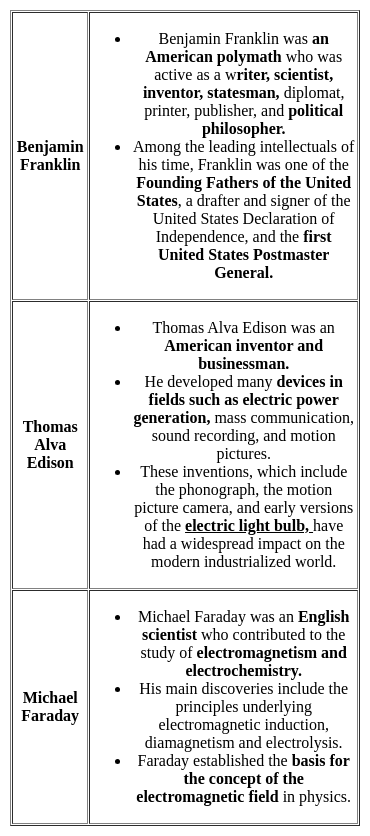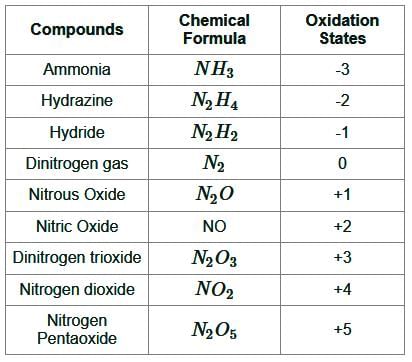Indian Army Agniveer Technical Mock Test - 6 - Indian Army Agniveer MCQ
30 Questions MCQ Test - Indian Army Agniveer Technical Mock Test - 6
Who was the first microbiologist to develop the world's first vaccines for cholera and plague?
In which of the following fields, is 'Pulitzer Prize' awarded?
| 1 Crore+ students have signed up on EduRev. Have you? Download the App |
Rabindranath Tagore renounced British knighthood in protest against
Select the letter-cluster pair that best represents a similar relationship to the one expressed in the pair of letter-clusters given below.
OPEN : RNHL
General solution of differential equation (x + 2y3)  = y is
= y is
Consider the following statements :
1. If f is the subset of Z × Z defined by f = {(xy, x − y); x, y ∈ Z}, then f is a function from Z to Z.
2. If f is the subset of N × N defined by f = {(xy, x + y); x, y ∈ N}, then f is a function from N to N.
Which of the statements given above is/are correct?
 , then what is the value of z2 + z ̅z? (i = √-1)
, then what is the value of z2 + z ̅z? (i = √-1)
If the (r + 1)th term in the expansion of  10 contains x20, then r = ?
10 contains x20, then r = ?
Let  then f(x) is continuous but not differentiable at x = 0 if
then f(x) is continuous but not differentiable at x = 0 if
The term independent of x in the expansion of  is
is
If a beam of white light falls on a plane mirror at an angle of incidence 30°, then the angle of reflection for the red color is:
Oxides of Nitrogen shows variable oxidation state ranging from:
Which of the following pairs of chemical elements and their symbols is INCORRECT?


 = y
= y



 equals
equals

 10
10 10
10



 is 160/27.
is 160/27. ?
?
 , where y is in the range of h(x).
, where y is in the range of h(x).
























